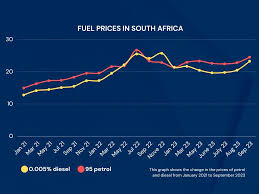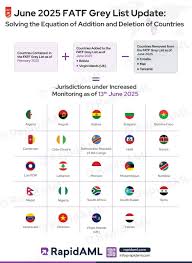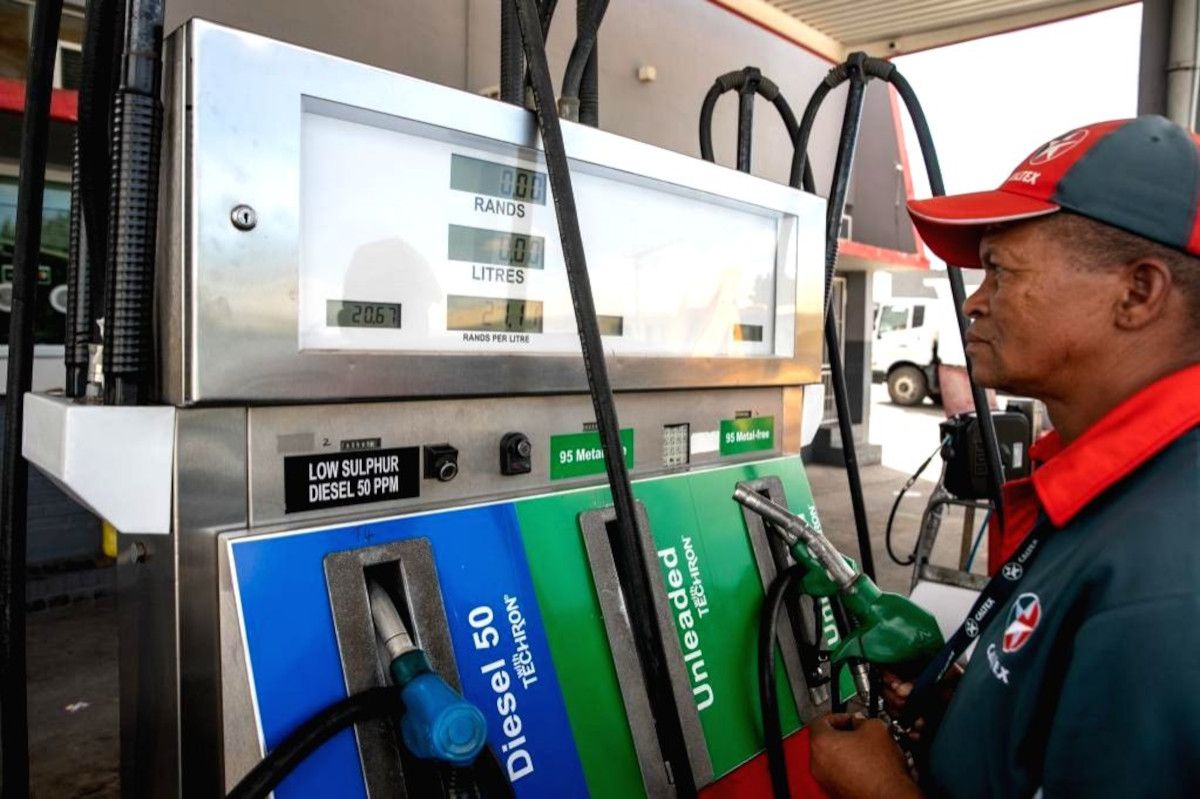Introduction
Fuel prices in South Africa are a crucial factor impacting the economy, consumers, and various industries. As global oil markets fluctuate, local prices reflect these changes, significantly influencing transport costs, food prices, and overall living expenses for citizens. Recently, fuel prices have seen notable increases, which have sparked discussions among policymakers, businesses, and the public.
Current Fuel Prices and Trends
As of October 2023, the average price of petrol in South Africa reached R22.50 per liter, while diesel prices have also surged to an average of R20.00 per liter. This uptick in fuel costs is attributed to various factors, including disruptions in global supply, production cuts by OPEC, and elevated demand as economies rebound post-pandemic.
In September, the Department of Mineral Resources and Energy announced an increase of R1.20 per liter for petrol and R1.00 per liter for diesel. These adjustments came following a consistent rise in international crude oil prices, which soared to approximately $90 per barrel. Analysts predict that should this trend continue, consumers could face further price hikes in the coming months.
Impact on the Economy and Consumers
The surge in fuel prices has a cascading effect on the South African economy. Increased transport costs impact logistics and delivery services, which often pass these expenses onto consumers. This situation exacerbates inflationary pressures, particularly affecting the prices of essential goods like food and household items.
Furthermore, with the average South African household already battling the rising cost of living, these fuel price hikes could lead to more difficult budgeting decisions. Transport costs are a significant part of household expenses, and future increases may strain already tight finances.
Looking Ahead
The outlook for fuel prices in South Africa remains uncertain as global market dynamics continue to shift. Local economists advise that consumers should prepare for possible continued fluctuations. Government intervention may be necessary to shield vulnerable populations, especially through potential subsidies or relief measures targeting lower-income households.
Conclusion
Understanding the factors influencing fuel prices is crucial for consumers and businesses alike in South Africa. With current trends indicating a possible upward trajectory in prices, it becomes increasingly important for households to adjust their budgets accordingly and for policymakers to consider measures to mitigate the impact on vulnerable sectors of the population. The evolving situation underscores the significance of fuel pricing in shaping both economic and personal financial landscapes in South Africa.


